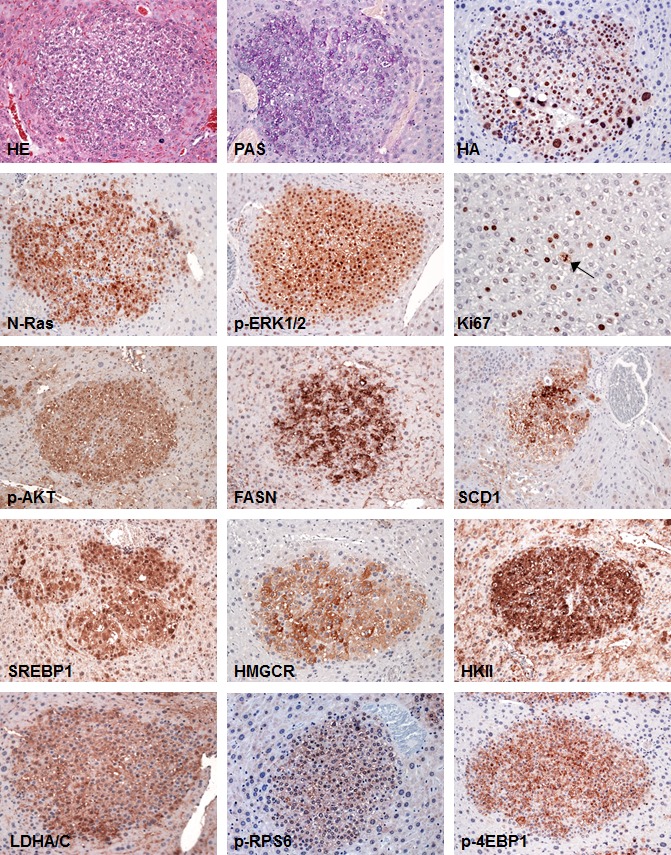Figure 3. Tumors from SKP2/N-RasV12 mice exhibit strong upregulation of Ras/MAPK and AKT/mTOR pathways.

SKP2/N-RasV12 preneoplastic and neoplastic lesions showed homogeneous induction of the MAPK pathway, as indicated by strong nuclear accumulation of phosphorylated/activated ERK1/2 (p-ERK1/2) proteins. In addition, these lesions displayed a remarkable activation/phosphorylation of AKT (p-AKT) and its downstream effectors involved in de novo fatty acid synthesis (fatty acid synthase or FASN; stearoyl-coA-desaturase 1 or SCD1; sterol regulatory element binding protein 1 or SREBP1), cholesterol synthesis (3-hydroxy-3-methylglutaryl-CoA reductase or HMGCR), glycolysis (hexokinase II or HKII; lactate dehydrogenase A/C or LDHA/C), and protein translation (phosphorylated/activated ribosomal protein S6 or p-RPS6 and phosphorylated/inactivated 4E-binding protein 1 or 4E-BP1). The proliferative activity of these lesions was indicated by positive immunolabeling for Ki67 (the arrow points to a mitotic figure). Serial sections of a small hepatocellular tumor are shown as an example in the present figure. Original magnification: 400X in Ki67-stained liver; 200X in all the other pictures. Abbreviation: HE, hematoxylin and eosin staining.
